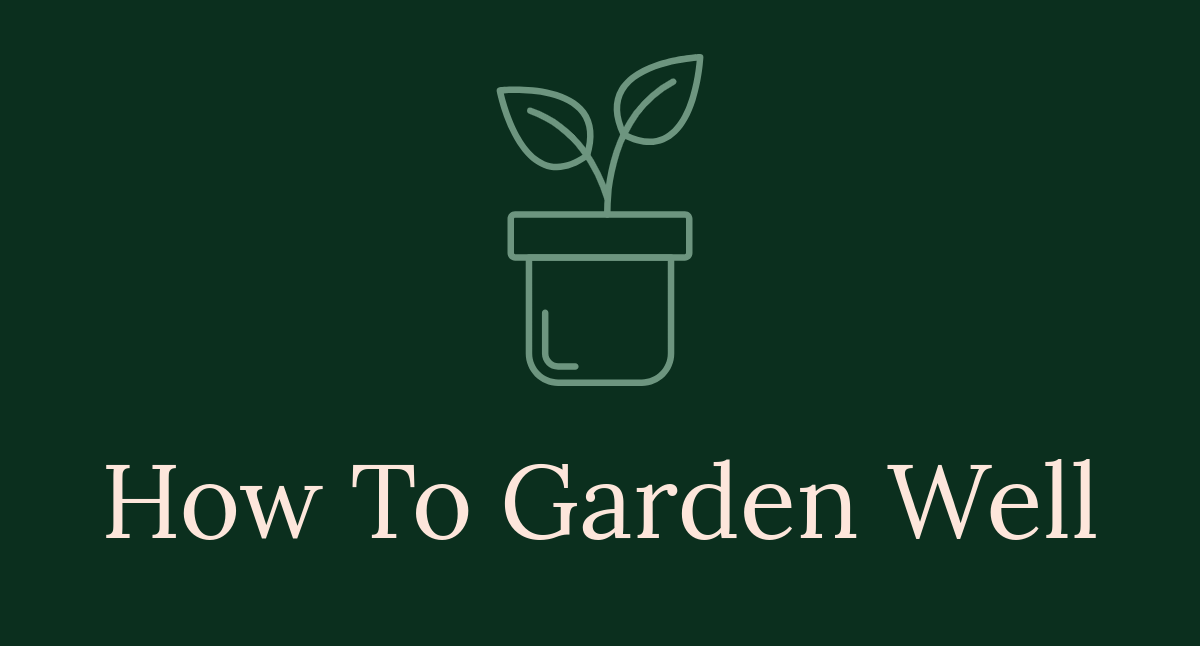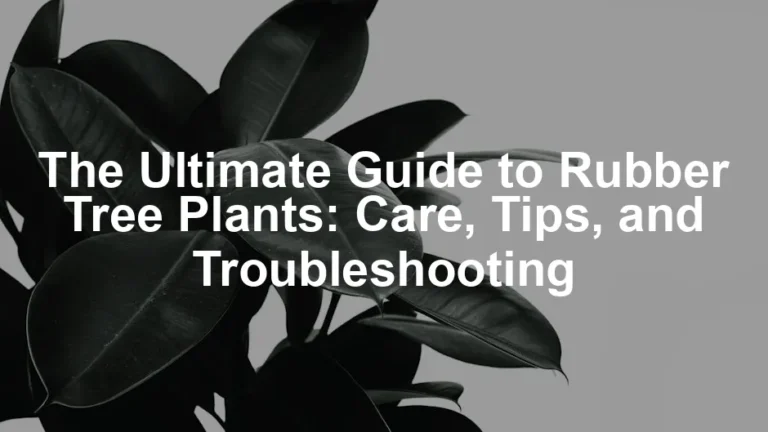

The Ultimate Guide to Plant Waterers: Keep Your Plants Hydrated Effortlessly
Introduction
Watering plants correctly is crucial for their health. Many plant owners struggle with maintaining consistent moisture levels. This can lead to overwatering or underwatering, both of which can harm your plants. Plant waterers offer a simple solution for keeping your plants hydrated without the constant worry.
If you’re tired of worrying whether your plants are getting the right amount of water, consider investing in a Lechuza Self-Watering Planter. This stylish option not only looks good but also takes care of your plants’ hydration needs, so you can relax instead of playing plant parent detective.
Summary and Overview
There are various types of plant waterers available to suit your needs. Automatic waterers, for example, can take the hassle out of watering by providing a steady supply of moisture. Self-watering pots use a reservoir system, ensuring plants have access to water as needed. For those who enjoy DIY projects, homemade solutions can be made using recycled materials.
Using plant waterers has numerous benefits. They help maintain optimal moisture for both indoor and outdoor plants. These devices are particularly handy for busy individuals or during vacations, allowing you to take time off while ensuring your plants stay healthy. Furthermore, efficient watering systems contribute to water conservation, making them an eco-friendly choice for plant care.

Efficient watering systems play a key role in water conservation.
Types of Plant Waterers
Automatic Plant Waterers
Automatic plant waterers are devices designed to provide consistent moisture to your plants. They work by drawing water from a container and delivering it directly to the plant’s roots. This reduces the need for frequent manual watering.
There are various types of automatic systems available. Drip systems use tubes to deliver water slowly to multiple plants. Timers can be set to control the frequency and amount of water dispensed. If you’re looking for a great drip irrigation solution, check out this Drip Irrigation Kit that will make watering a breeze.
The pros of automatic systems include convenience and peace of mind, especially for busy plant owners. They help prevent overwatering by releasing water gradually. However, they can be costly and may require maintenance to avoid clogging.
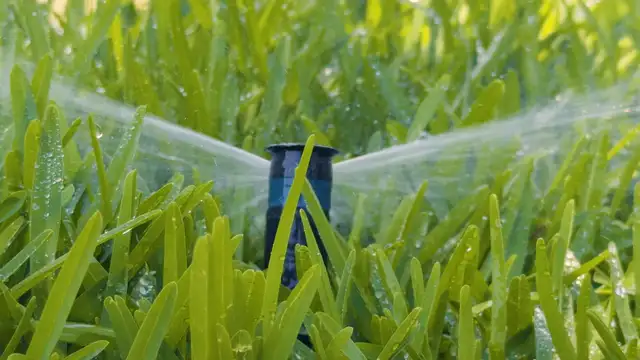
Self-Watering Pots
Self-watering pots utilize a reservoir system to keep plants hydrated. They allow plants to absorb water as needed through wicking action. This ensures that the root system stays consistently moist.
Different designs and materials are available for self-watering pots. Some are made from plastic, while others use ceramic or terracotta. Each material has its benefits, such as durability or aesthetic appeal. Popular brands include Lechuza and Bloem, known for their stylish and functional designs.
Using self-watering pots can simplify your plant care routine. They are especially beneficial for those who travel frequently or tend to forget regular watering schedules. If you want to take your indoor gardening to the next level, consider an Indoor Gardening Starter Kit that includes everything you need to get started.
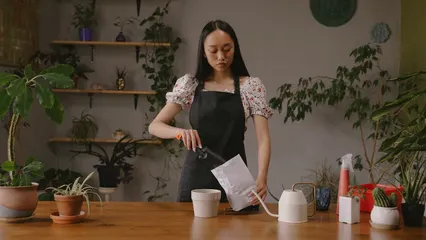
Watering Globes and Bulbs
Watering globes, also known as plant nannies, are clever devices for watering plants. They release water slowly into the soil as it dries out. Simply fill the globe with water, and then insert it into the plant’s soil. This can be a lifesaver if you forget to water your plants regularly.
One major advantage of using watering globes is their suitability for short-term plant care. They keep plants hydrated for several days, making them perfect for vacations or busy weeks. You won’t have to worry about your plants wilting while you’re away. Consider a Watering Globe Set for a stylish and effective solution.
If you’re feeling crafty, you can make your own watering globes using recycled materials. Grab a plastic bottle, heat a nail, and poke a small hole in the cap. Fill the bottle with water, screw the cap back on, and bury it upside down in your plant’s pot. This DIY solution is easy and eco-friendly, helping your plants stay hydrated without spending a dime.
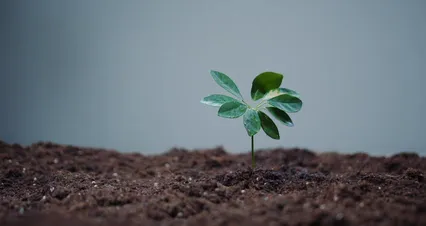
Creating your own watering solutions from recycled materials can be both fun and eco-friendly.
Terracotta Stakes
Terracotta stakes offer a slow-release watering solution for your plants. These stakes work by absorbing water and gradually releasing it into the soil. Just fill a terracotta stake with water and insert it into the plant’s pot. As the soil dries, the stake releases moisture, ensuring your plants stay hydrated.
The benefits of using terracotta stakes are numerous. They work well for both indoor and outdoor plants. These stakes are especially helpful for busy individuals who may forget to water their plants regularly. They provide a consistent moisture level, reducing the chances of overwatering or underwatering. Enhance your plant care with Terracotta Watering Stakes that blend seamlessly into your plant’s aesthetics.
When comparing terracotta stakes with other watering devices, they stand out for their simplicity and effectiveness. Unlike automatic systems, they require no electricity or timers. They also blend seamlessly into your plant’s aesthetics, adding a natural touch to your gardening setup.

Best Practices for Using Plant Waterers
Assessing Plant Needs
Understanding your plants’ watering needs is essential. Different plants have varying moisture requirements. For instance, succulents need less water than ferns. To assess this, check the soil’s moisture level regularly. Stick your finger into the soil about an inch deep. If it feels dry, it’s time to water. You can also use a Moisture Meter for Plants for accuracy. Remember, overwatering can be just as harmful as underwatering. Keeping an eye on the soil moisture will help you maintain a healthy environment for your plants.

Setting Up Your Watering System
Setting up an automatic watering system can be straightforward. Start by selecting a suitable waterer, such as a drip system or self-watering pot. First, position your water container at a higher level than your plants. This allows gravity to assist in water flow. Next, connect the tubing from the container to your plants. Adjust the tubing length to reach each plant effectively. Once set up, test the system to ensure proper water distribution. Regularly check for clogs and clean the system to maintain efficiency. This setup not only simplifies your routine but also ensures your plants receive consistent moisture.
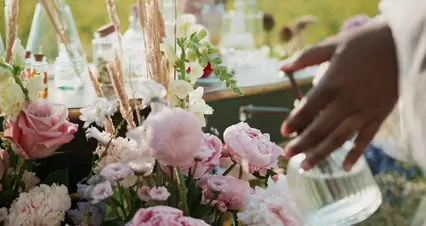
Troubleshooting Common Issues
Common problems with plant waterers include overwatering and clogging. Overwatering can lead to root rot, so always check moisture levels before refilling. If you find your plants wilting, inspect your system for blockages. Clogs often occur in drip systems or watering globes. To prevent this, clean your waterer regularly and use filtered water if possible. If you notice inconsistent watering, adjust the tubing or check the water source. Addressing these issues promptly will keep your plants thriving and your watering system efficient.
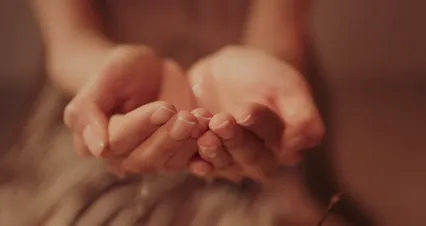
Eco-Friendly Aspects of Plant Waterers
Plant waterers are not just convenient; they also benefit the planet. By using these devices, you can significantly reduce water waste. Efficient watering systems deliver just the right amount of moisture to your plants. This targeted approach minimizes runoff and ensures that every drop counts.
Many DIY plant waterers utilize recycled materials. For instance, you can transform plastic bottles into watering globes or use terracotta pots to create slow-release systems. These eco-friendly methods help reduce plastic waste while keeping your plants hydrated. Consider adding a Eco-Friendly Plant Care Book to guide you through sustainable gardening practices.
Moreover, plant waterers can support sustainable gardening practices. By conserving water, they contribute to broader environmental efforts. Using less water for your plants means more resources available for other essential needs. Overall, choosing a plant waterer can be a small yet impactful step toward a greener lifestyle.
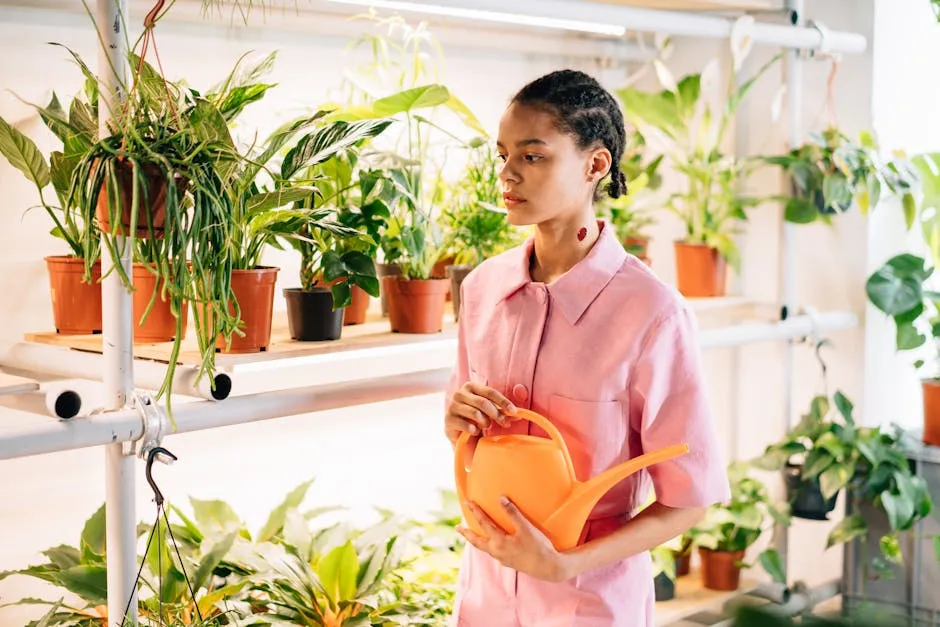
Conclusion
In summary, plant waterers offer numerous advantages for various types of plants. They simplify care routines and ensure your plants stay hydrated. Consider how these systems might fit into your plant care regimen. Explore different watering options that suit your lifestyle. Don’t forget to check out a Plant Care Journal to track your plant’s hydration needs.
Have you tried using a plant waterer? Share your experiences in the comments below! Your insights can help others make informed choices for their plant care.
Please let us know what you think about our content by leaving a comment down below!
Thank you for reading till here 🙂
All images from Pexels
